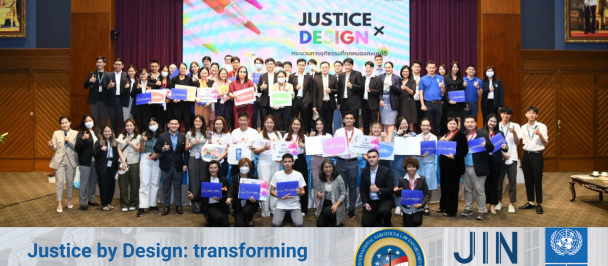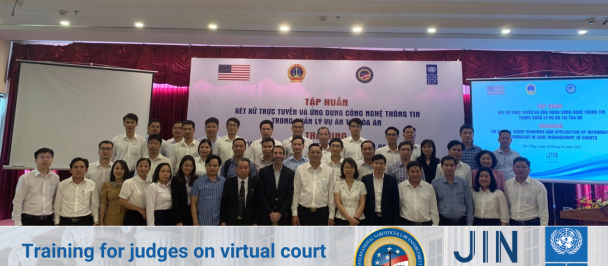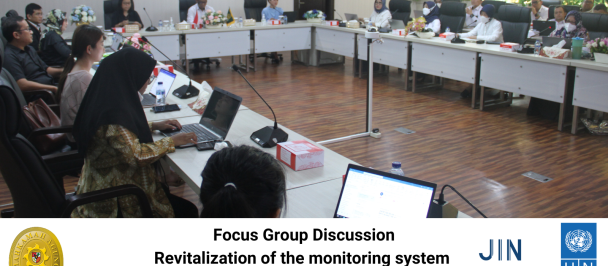Justice by Design: Transforming Thailand’s Judicial System Through Collaboration, Empathy, and Innovation
May 16, 2023
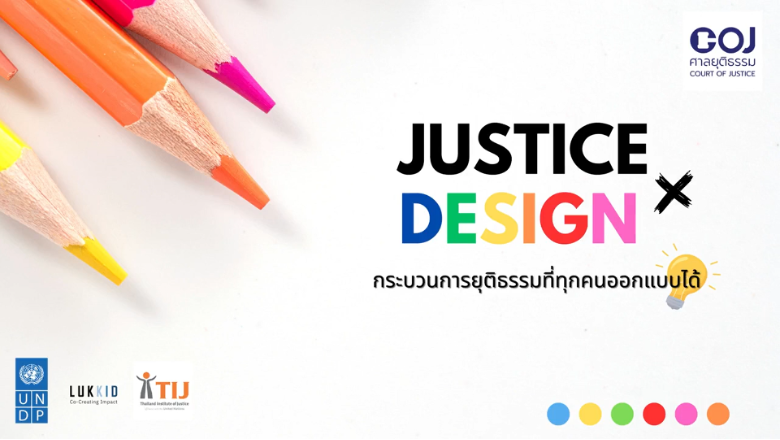
Introduction
The world is rapidly evolving, and the need for efficient, user-friendly, and accessible public services has never been more significant. In response to this demand, the Court of Justice in Thailand has taken a pioneering step in reimagining its judicial system. By adopting a people-centered approach and utilizing design thinking methodologies, the “Justice by Design” project has improved the way justice is delivered in the country. This blog post will delve into the background, process, and results of this groundbreaking initiative, highlighting the power of collaboration, empathy, and innovation in addressing the challenges faced by the Thai judicial system. The initiative, focused on advocating inclusive justice services for marginalized groups, is part of the "Judicial Integrity Network in ASEAN" project, launched in 2018 by UNDP with the support of the U.S. Department of State's Bureau of International Narcotics and Law Enforcement Affairs (INL).
Recognizing the importance of a responsive and accessible judicial system, the Court of Justice in Thailand collaborated with the United Nations Development Programme (UNDP), the Thailand Institute of Justice (TIJ), and LUKKID Group, a design and innovation consultancy, to organize a workshop to co-design a new judicial service. The eight-week workshop aimed to identify the pain points and needs of users and develop practical solutions through a process of empathy, ideation, prototyping, and testing.
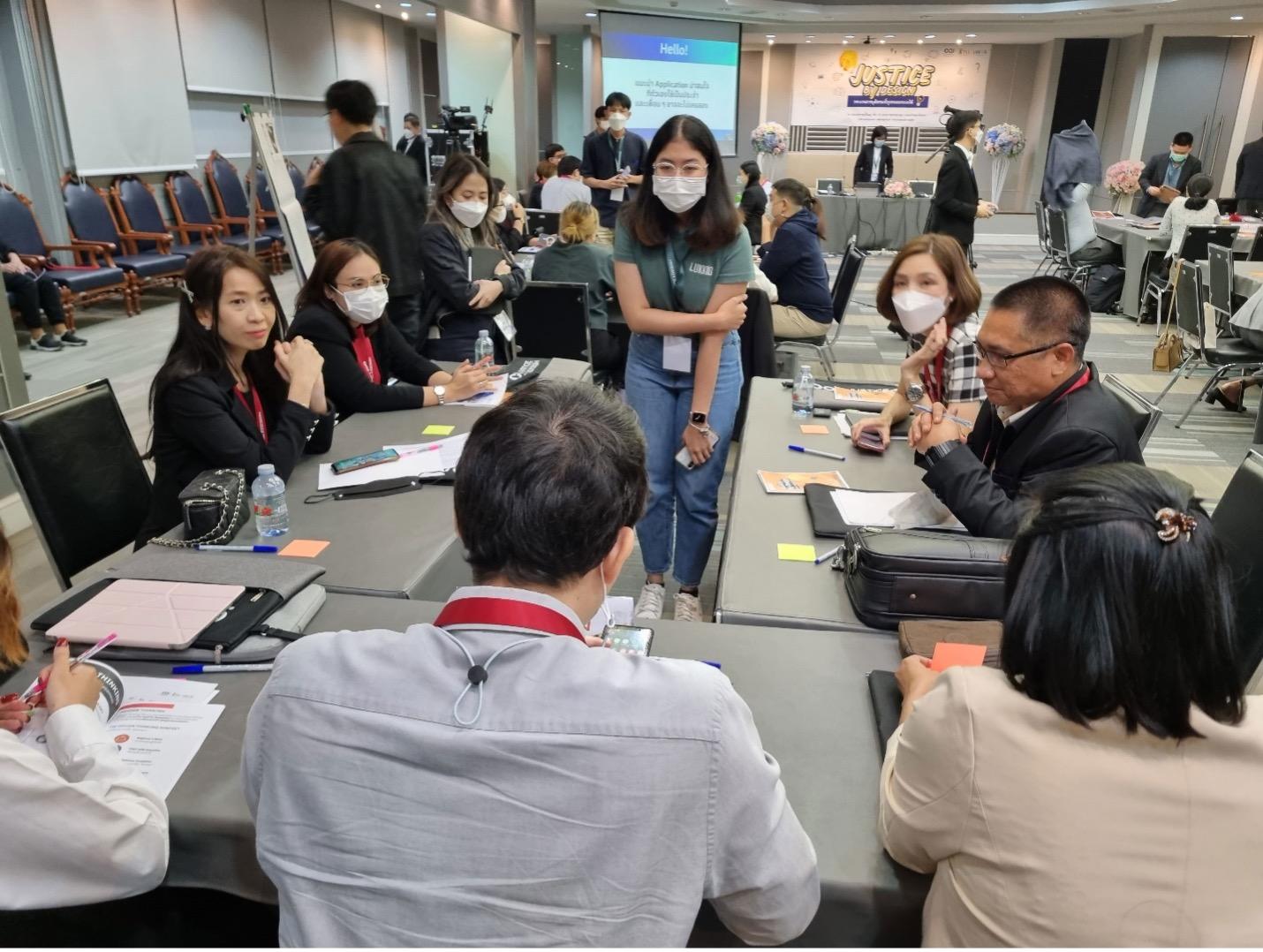
Design Thinking
Design thinking has been adopted by the Court of Justice in Thailand to improve its judicial system and make justice more accessible, efficient, and user-friendly. The approach involves understanding the needs and pain points of end-users, such as judges, lawyers, court officials, and citizens, and co-designing solutions that cater to their needs. Through collaboration, empathy, and innovation, design thinking methodologies are applied to streamline court proceedings, make legal information more accessible, simplify the inheritance process, guide and assist users through the justice process, bridge the digital gap, and create an accessible website for all, including those with disabilities and older people. By adopting this approach, the Court of Justice in Thailand is leading the way in creating a responsive and inclusive judicial system that serves the needs of all stakeholders.
Workshop
The eight-week workshop, held from February 4th to March 25th, was carefully planned with specific topics and objectives for each week.
- Week 1 (February 4th): Introduction and Orientation - Participants were introduced to the workshop objectives and given an overview of the design thinking process.
- Week 2 (February 11th): Problem Identification - Each team identified a particular challenge faced by the Thai judicial system and conducted interviews with relevant stakeholders. On this day, UNDP also presented the importance of designing services that cater to people with disabilities and other marginalized groups, ensuring that no one is left behind in the pursuit of justice.
- Week 3 (February 18th): Empathy Building - Teams continued their interviews to better understand the perspectives of those affected by the identified problems.
- Week 4 (February 25th): Ideation - Teams brainstormed creative solutions to address the issues and refined their ideas based on feedback from stakeholders.
- Week 5 (March 11th): Prototyping - Teams developed prototypes of their proposed solutions and tested them with potential users.
- Week 6 (March 18th): Iteration - Based on feedback from prototype testing, teams refined their solutions and made improvements.
- Week 7 (March 25th): Final Presentation Preparation - Teams prepared their final presentations, summarizing their solutions and the process they followed.
Week 8 (April 1st): Final Presentations and Awards - Each team presented their final solutions, and awards were given to recognize the most innovative and impactful projects.
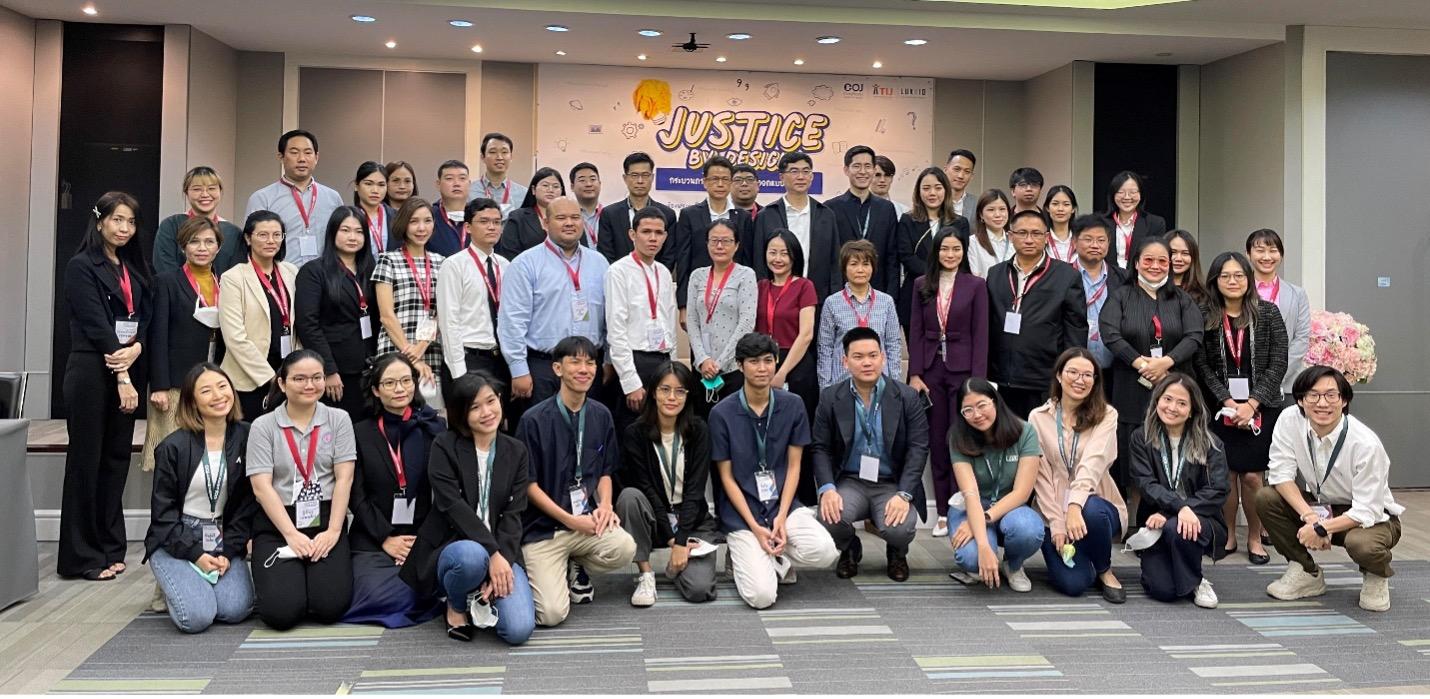
Participants, Teams, and Ideas
The workshop successfully brought together a diverse group of 42 participants (26 women and 16 men), consisting of judges, lawyers, court officials, ordinary citizens, and students. This wide range of perspectives and experiences cultivated a dynamic and inclusive atmosphere, promoting open dialogue and ensuring that the proposed solutions addressed the needs of various users. By focusing on an empathetic process, which is a key component of design thinking methodology that involves conducting in-depth interviews and observations with stakeholders to gain a deep understanding of their needs, experiences, and perspectives, the teams interviewed more than a hundred people, including individuals with disabilities and representatives from different community organizations, which allowed them to develop comprehensive solutions that genuinely reflected the multifaceted challenges faced by the Thai judicial system.
During the workshop, participants were organized into six color-coded teams - Green, Orange, Yellow, Blue, Red, and Pink. Each team was assigned the responsibility of identifying a specific issue within the judicial system and proposing innovative solutions to tackle these challenges. The collaborative efforts of these diverse teams played a crucial role in driving innovation and empathy, ultimately leading to the creation of well-rounded solutions that catered to the needs of all stakeholders in the Thai judicial system.

Green Team: Simplifying the Inheritance Process
The Green Team chose to focus on streamlining the inheritance process, recognizing that it is an issue every family must face. They proposed a comprehensive solution called “Moradok Plus,” which included offline brochures, an online system for submitting requests and checking statuses, and onsite “Heritage Case Management Centers” where individuals can proceed with their cases and receive assistance from court staff.
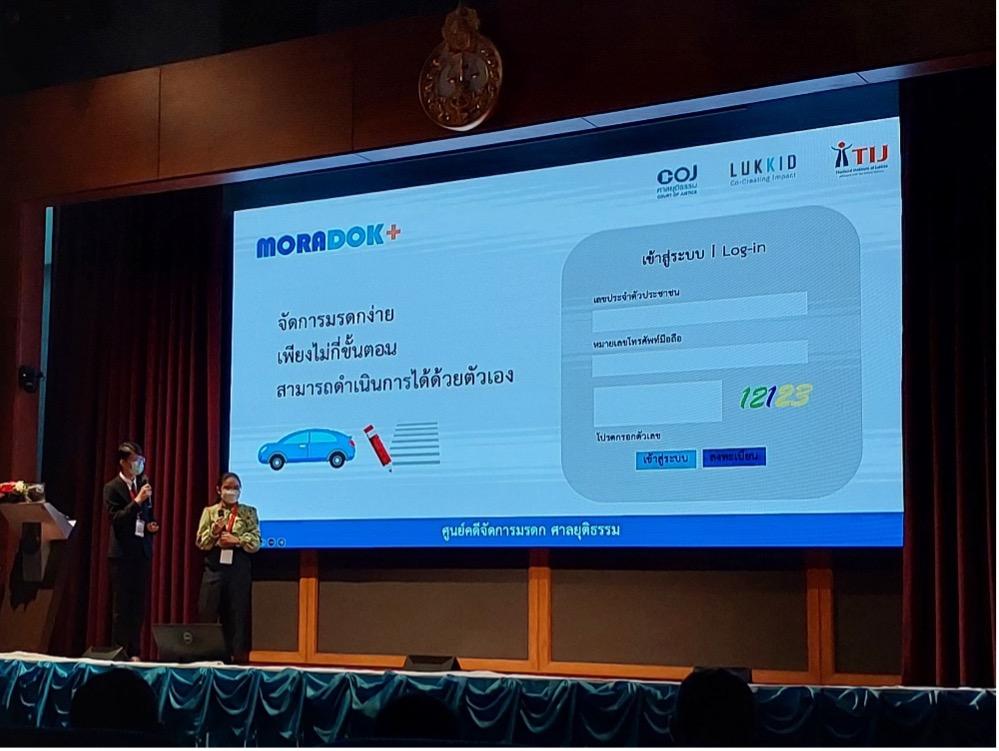
Orange Team: Making Legal Information More Reachable
The Orange Team aimed to make legal information more accessible and understandable for the public. They proposed reviving the PR Team, a public relations agency that had been disbanded, to create and disseminate public relations materials, coordinate cooperation with public and private agencies, and develop projects for public relations groups and lawyers to share information within their communities.
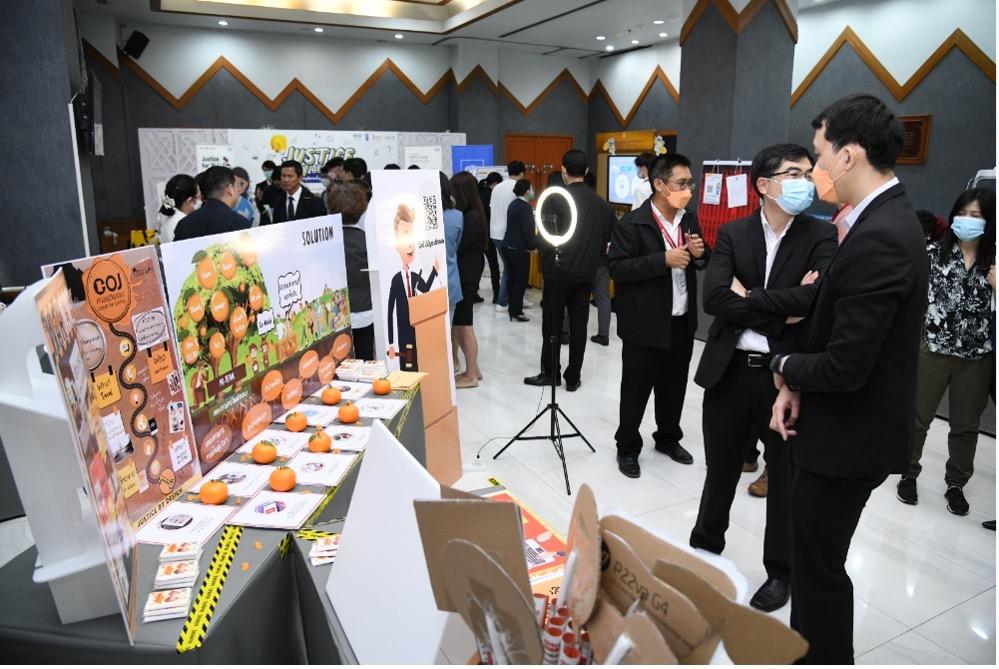
Yellow Team: Guiding and Assisting Users through the Justice Process
The Yellow Team aimed to improve the user experience of navigating the justice system. The team discovered that citizens who sought justice could recall the facts of their cases but lacked the ability to write them in a legal manner. The team created “Nong Num Thang,” a platform that guides users through the justice process with simple questions and provides them with essential information both online and onsite.
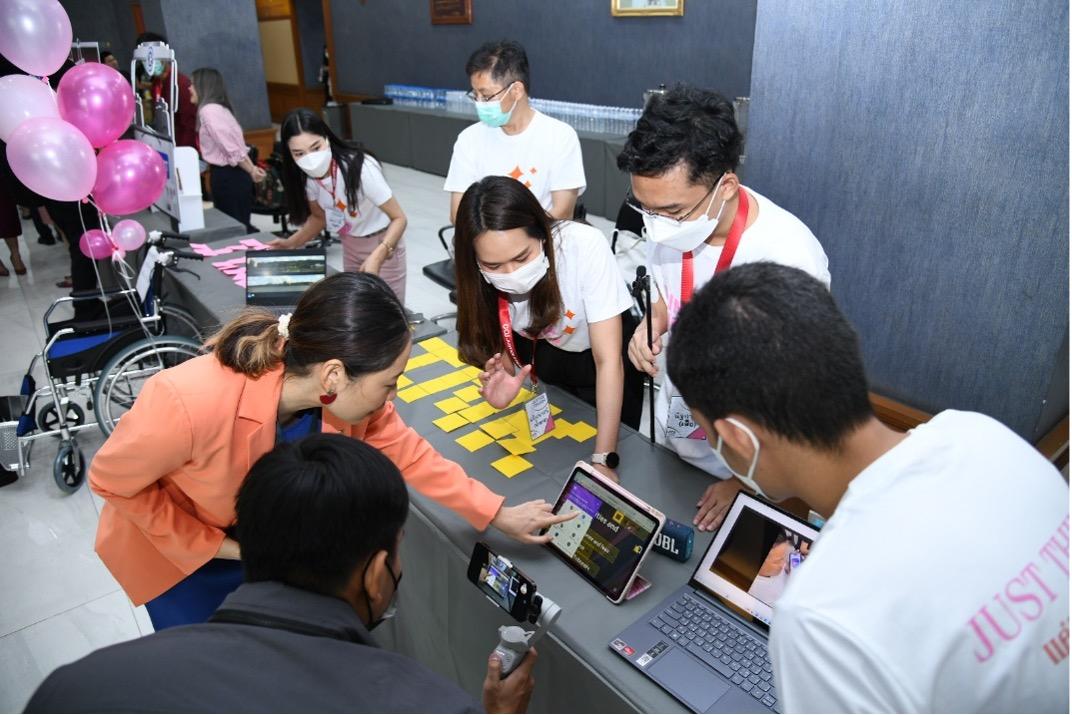
Blue Team: Reducing Time and Effort in Court Proceedings
The Blue Team aimed to make court proceedings less time-consuming by addressing issues such as delayed services, disconnected systems, and labor-intensive processes. Their solution, “Justice on the Go,” included adding channels for document scanning and submission, outsourcing document scanning to officers within the court and streamlining the document approval process by leveraging electronic systems.
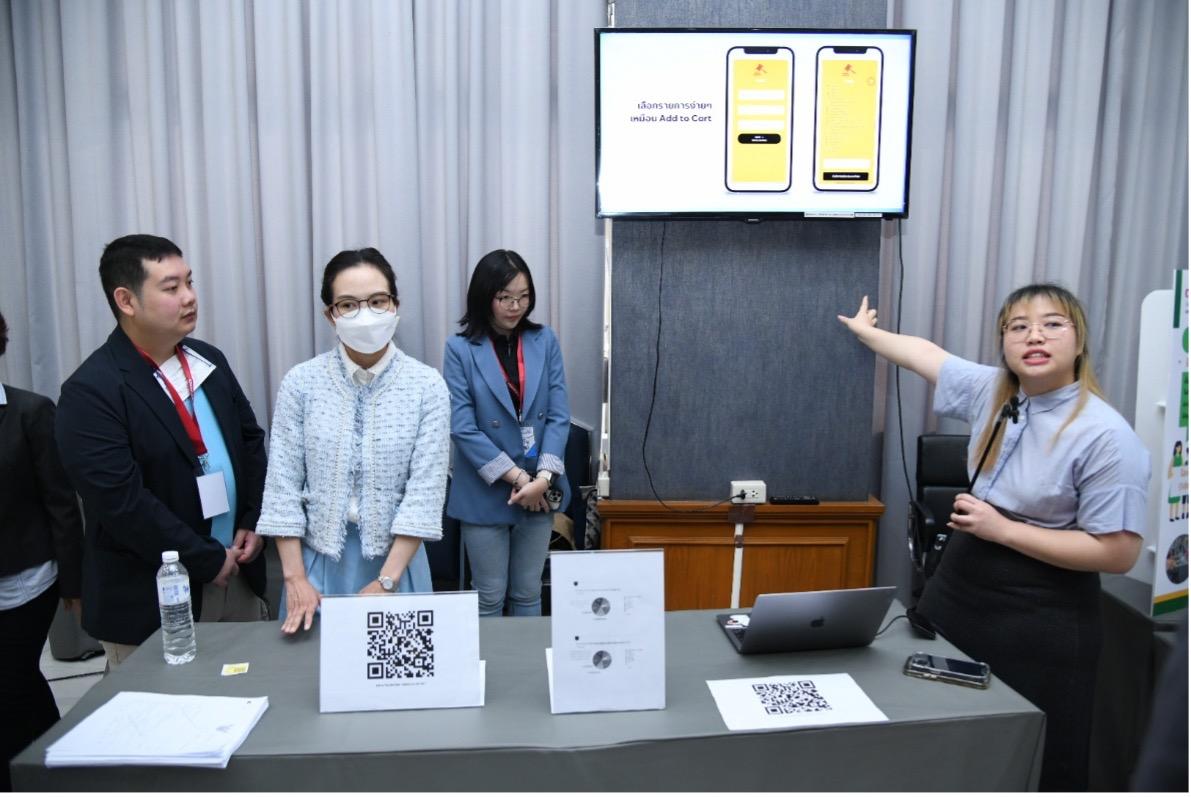
Red Team: Bridging the Digital Gap
The Red Team focused on making court information more accessible to users, both online and onsite. They proposed solutions like QR codes for easy access to information, chatbots, and hotlines for assistance, as well as “Court Smart Service” teams that visit communities to provide advice and help with court processes.
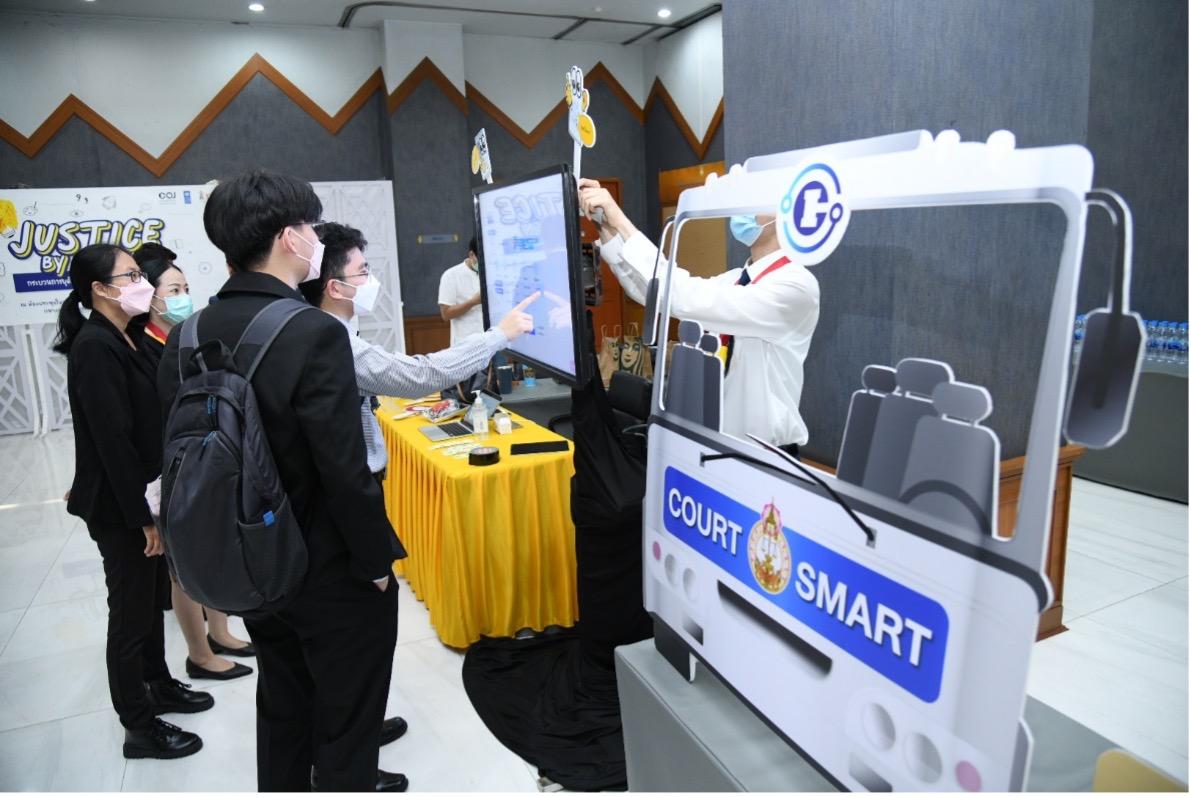
Pink Team: Creating an Accessible Website for All
The Pink Team prioritized accessibility for people with disabilities and older people by proposing a more accessible court website that is user-friendly for screen readers, adjustable in font size and contrast, and easy to navigate for those with visual impairments. This team recognized the importance of inclusivity and sought to make a tangible impact by transforming how users interact with the court’s website.
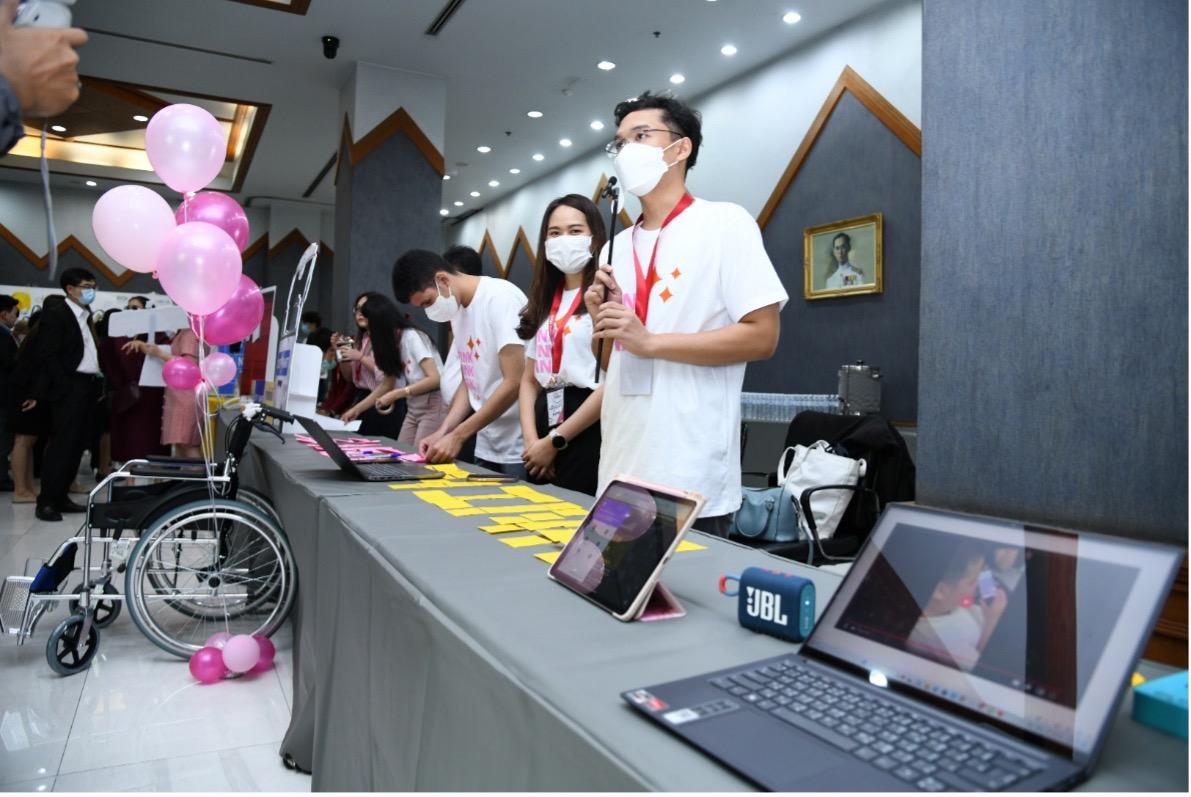
Judging Criteria and Results
At the end of the workshop, the various teams presented their prototypes and ideas to a panel of judges consisting of senior management from the Court of Justice and the Office of the Judiciary and representatives from UNDP. The projects were evaluated based on specific criteria, including:
- 20% Consistency with the problems facing the Court of Justice
- 20% Utilization of Design Thinking methodologies
- 20% Response to the concept of people-centered justice
- 20% Potential for application or further development
- 20% Cooperation of group members in developing results
The Pink Team’s accessible website emerged as the winner, earning the Popular Award, the Leave No One Behind (LNOB) Award, and the Champion of the Workshop. The team’s proposed solution has significant potential for immediate application or further development by the Court of Justice. Their user-centered approach, addressing real-world accessibility challenges, and utilizing simple yet effective recommendations such as font adjustments, grayscale, and contrast improvements can improve the accessibility of the Court of Justice’s website quickly and with measurable impact.
The Blue Team’s “Justice on-the-go” proposal came in as the first runner-up, followed by the Yellow Team as the second runner-up. The Blue Team’s proposal offered a mobile app that provides accessible legal information and remote consultation services, enabling users to access legal services conveniently. Meanwhile, the Yellow Team’s proposal aimed to simplify the legal language and structure of court documents to make them more accessible and understandable for the public.
The workshop’s results demonstrate the quality of solutions that can be generated through design thinking, highlighting the value of an inclusive and people-centered approach in addressing real-world challenges.
Post-Workshop Activities and Impact
fter the workshop’s conclusion, the Office of Judiciary and its executives pledged to redesign their website and incorporate the Pink Team’s accessible website recommendations. As of April 2023, the court has piloted the features suggested, including font size, contrast, grayscale, and contrast, on the Office of Judicial Affairs website (https://oja.coj.go.th/). This initiative helps people with low vision to read the text more easily by clicking the upper left accessibility icon. Although this is just an initial step, it is crucial for COJ to ensure that justice is accessible to all Thais. This commitment demonstrates the project’s lasting impact and emphasizes the importance of a responsive and inclusive judicial system.
Conclusion
The “Justice by Design” initiative has set a new standard for how public services can be reimagined and redesigned through a collaborative, empathetic, and innovative process. By involving citizens, embracing design thinking, and focusing on people-centered justice, the Court of Justice in Thailand has made significant strides in transforming its judicial system to better serve the needs of its users.
This groundbreaking project serves as an inspiration to public institutions worldwide, emphasizing the power of collaboration and innovation in delivering more efficient, user-friendly, and accessible services. As the Thai judicial system continues to evolve and improve, “Justice by Design” stands as a testament to the potential for positive change when empathy, creativity, and collaboration are at the heart of the process.
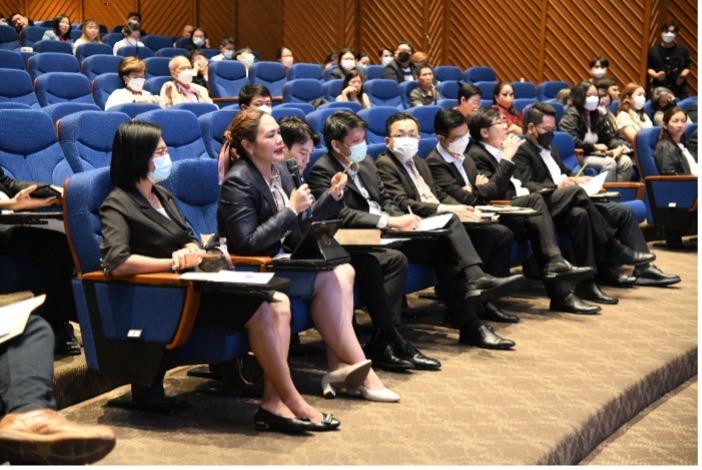

 Locations
Locations

